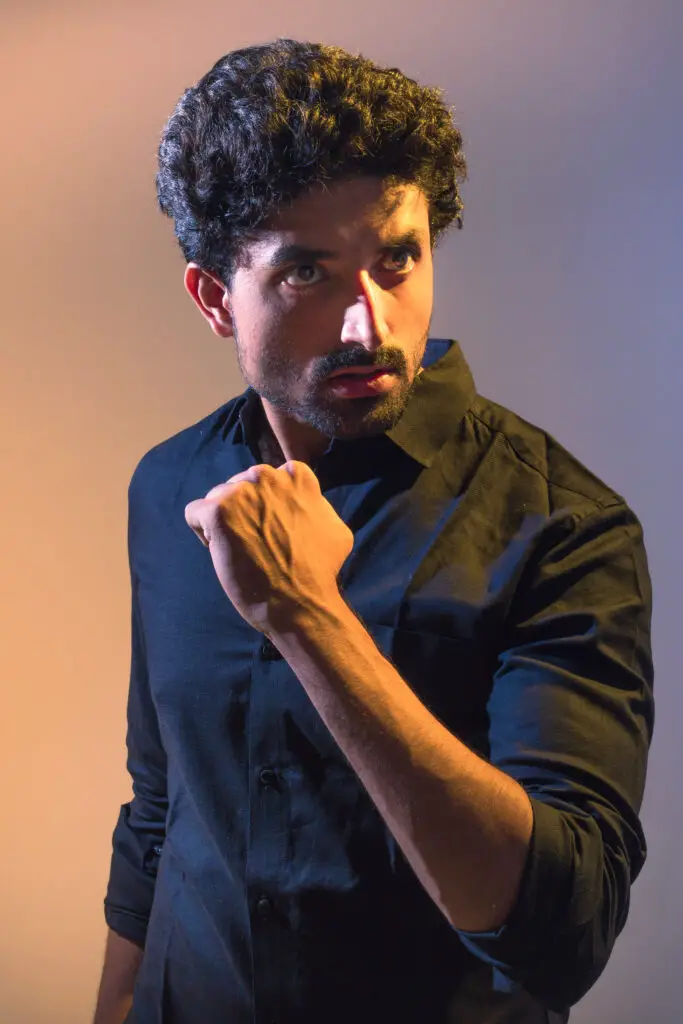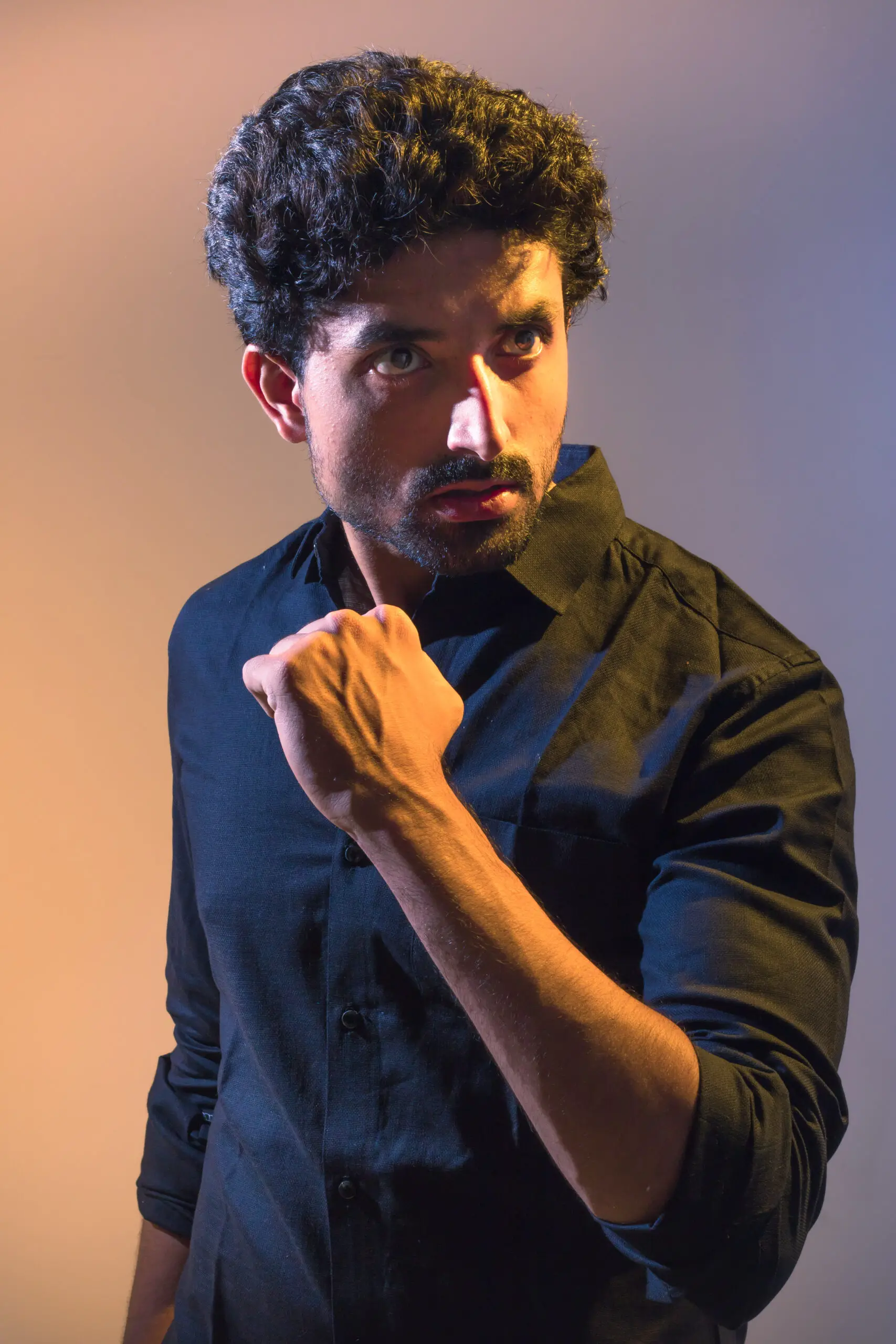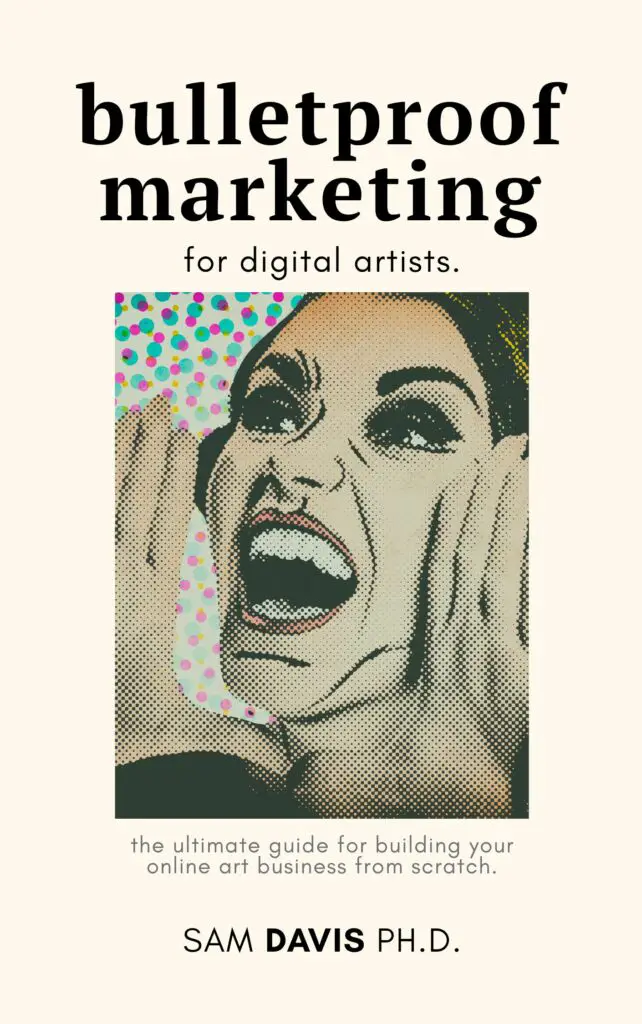Imagine if you could sketch people around you with ease. Imagine the confidence and satisfaction that would bring to your drawing skills. Well, you can definitely achieve this with gesture drawing. It is a form of drawing that requires no formal training or extensive knowledge of anatomy. It involves drawing simple line sketches of people, objects, and scenes that capture the movement or gesture of the subject.
Gesture drawing is an excellent way to practice drawing freehand and develop your creative skills. It also allows you to express yourself in the simplest forms of drawings — doodles. But easy gesture drawing isn’t limited to these applications alone. You can use easy gesture drawing as a warm-up exercise before doing more detailed drawings, as a study for more elaborate artwork like portraits, or even as the artwork itself. In this blog, we will cover what gesture drawing is, its benefits, tips for beginners, famous gesture drawings throughout history, and how you can get started with it yourself!

What is Gesture Drawing?
Easy gesture drawing is a form of figure drawing in which artists use soft graphite pencils to quickly sketch the human form as a whole and prioritize flow and movement. The practice focuses on simplifying the figure through quick, fluid strokes and making the subject ‘ breathe’ with life.
Gesture drawing is typically done with cheap paper, such as newsprint, as it can help draw the viewer into the drawing and keep their attention. It is also typically done quickly, with students practicing the technique for a short amount of time before moving on to another drawing. In addition to improving figure drawing skills, gesture drawing helps artists develop an understanding of the human form and how it moves. By practicing gesture drawing, students can become better judges of their work and be more objective about their art.
What are the Benefits of Easy Gesture Drawing?
Gesture drawing is a creative practice that involves drawing using body parts as the drawing medium. This art form is easy to learn and simple to practice, allowing anyone with an interest in drawing to create beautiful artworks.
A great way to get started with gesture drawing is by practicing drawing shapes and forms using the various body parts. By practicing the art form, artists can train their skills and develop their creativity.
Another benefit of gesture drawing is that it helps artists practice translating three-dimensional objects into two-dimensional space. This practice allows them to develop their drawing skills and become better at sketching and drawing.
Another benefit of gesture drawing is that it encourages artists to be more reflective about their work. They no longer need to rely on the computer screen or other tools for drawing ideas, making them more creative and insightful.
In conclusion, with the help of gesture drawing, artists can gain valuable skills and experience of sketching and drawing in a less-precise manner. Besides, practicing the art form helps them develop their creativity and confidence in their abilities as artists.
Improving your overall observational drawing skills
Gesture drawing is a technique used to improve observational drawing skills by capturing a pose, movement, or expression quickly and easily. It is beneficial to practice gesture drawing with multiple different lengths of time to be able to capture a moment quickly. Additionally, it is helpful to practice with gesture drawing using human models, animals, or objects as reference. Creating a gestural sketch of something requires restraint and careful attention to the details of the pose, expression, body language, and so on. By leaving the eraser behind while drawing gesture, you can spend less time redrawing mistakes and focus more on the overall shape of the pose.
The results of practicing gesture drawing can be significant: improving your overall observational drawing skills and building up a library of characters and models to draw from. Overall, practicing gesture drawing can help you become a better artist and gain an understanding of human behavior in various situations.
Enhancing your ability to capture movement and life in your drawings
Gesture drawing involves making quick, simplified sketches of a subject, usually a live human model. This technique is used to help artists focus on the essence of the pose rather than small details, such as capturing motion and flow in the drawing. By drawing the pose as it would look in real life rather than in idealized form, gesture drawing helps artist capture the essence of a subject without getting bogged down in technical accuracy. Instead, they can concentrate on capturing movement and life in their drawings.
There are several methods that can be used while performing gesture drawing. Some artists prefer to use a human model, while others have used animals or even inanimate objects as their subjects. It all depends on the artist's preference and the type of drawing they are working on. The key with any of these methods is to experiment with different lengths of time when doing gesture drawing, to get a feel for how much detail each time limit allows. This will give you a better understanding of how best to draw your subject.
Developing a better understanding of the basic shapes and forms of the body
Gesture drawing is a popular drawing method that focuses on the human body in a quick and simple way. Artists use this technique to quickly sketch the body for purposes of figure drawing. Through gesture drawing, artists can develop a better understanding of form and the human anatomy. Anatomy for Figure Drawing courses can help artists learn about the skeleton, muscles, skin, and fat of the human body. Additionally, gesture drawing courses can teach basics such as landmarks, measuring proportions, and shading the figure. By practicing gesture drawing, artists can fill up their sketchbooks with detailed drawings of various body parts. This can help them develop an understanding of the human form and improve their skills as portrait artists.
Gesture drawing is also a great way to practice drawing and capture the subject as a whole. It allows artists to focus on one pose or expression without getting distracted by awkward angles or background elements. Overall, gesture drawing is a useful technique that helps artists develop their skills as portrait artists.
People also ask: How do I learn how to draw from memory and imagination?
Gesture drawing is a fun and effective way to practice observational drawing skills. It can help you develop a better understanding of the human form, movement, and proportions. Drawing from memory and imagination, gesture drawing allows you to quickly capture the essence of a pose or scene.
Drawing from memory and imagination in gesture drawing helps you build confidence in your art-making process and shows that mistakes are part of the journey towards creating great artwork. Additionally, gesture drawing is a great way to practice working with different materials and techniques, such as using different pencils or ink pens. It allows you to mix up your drawing techniques and create unique drawings each time you take up the art challenge. So whether you are a beginner or an experienced artist looking for new ways to practice your skills, gesture drawing is definitely worth exploring.
Expressing emotion through gesture
Gesture drawing is a versatile technique that can be used to capture the expressive qualities of a human figure, such as movement and variable posture. Drawing gestures can be used to express the emotive qualities of a figure, from joy to sorrow.
When capturing the right gesture in gesture drawing, it can be the difference between conveying a message of happiness or sadness. Capturing the right gesture can be challenging, but with practice and mastery of the technique, it can be done effectively.
To effectively express emotion through gesture drawing, practice is key. The best way to improve your drawing skills is by practicing over and over again. Mastering the technique of gesture drawing will allow you to draw with ease and confidently express different moods and emotions in your work.
People also ask: What can I do to practice gesture drawings?
For beginners in gesture drawing, there are some tips you can follow to improve your sketching skills. One of the most important tips is to start with the head first and make a quick note of the direction the head is looking. This helps you sketch the body in a more fluid manner and outlines the line of the body contour.
Another important tip for beginners is to observe how the rest of the body is flowing from the head and try to make contour lines to indicate this. This will help you sketch both large and small parts of the body accurately. Another tip for beginners is to copy pictures from books or the internet and practice sketching by using similar gestures. You can also sketch your gestures with smooth, fluid lines and movement.
Another tip for beginners is to avoid focusing too much on a small detail or part of the body. Instead, focus on making sketches that convey all of the elements clearly without leaving out any details. Even small details such as facial expressions or hand positions can help enhance a gesture drawing.
Should You Draw From Life?
Drawing from life (“life drawing”) is a great way to practice drawing dynamic poses, such as quick gesture drawings and long poses. Gesture drawing is well known as a warm up exercise, and many will practice with drawing a simple stick figure.
There are many benefits to drawing from life, such as gaining an understanding of proportion and scale. This will help your drawing look realistic and dynamic, even if you aren't able to capture the same pose in the same way. You have to draw the whole figure instead of focusing on say, the eyes. This helps you work on proportions of the figure. It's also great for quick sketches and improving your speed. It doesn't take much time to have some gesture drawing practice, but it has huge benefits.
While working with a live model can be a great learning experience, there are also techniques for capturing dynamic poses without a live model. For example, quick gesture drawings involve drawing quickly without looking at the drawing continuously. This helps improve your drawing skills while practicing poses that would be difficult to capture with a live model. Additionally, working with reference photos or videos can help you practice poses and expressions without the pressure of a live model. In terms of challenges, consider the time constraint and movement limitation of the model. Additionally, practice drawing gestures of different shapes and sizes to develop your skill with gesture drawing. Remember, simple lines are a great starting point for any beginner gesture artist.
Reference Images and Videos for Gesture Drawing
Gesture drawing is an artistic exercise in which artists make quick, simplified sketches of a subject, often a live human model. They can find a variety of figures in interesting poses on stock image sites such as Unsplash or Pixabay.
Alternatively, artists can practice drawing from life in classes with timed segments. Resources online, such as Proko, offer packs of figure drawing references to download.
Another way of practicing gesture drawing is by tracking movements on the internet with videos of figure drawing tutorials. These resources offer diverse reference materials for practice and help aspiring gesture drawing artists develop their skills more easily.
To get started with gesture drawing, artists can follow the steps outlined in tutorials and practice sketching figure outlines and shapes using simple, dynamic gestures. Each time they practice gesture drawing, they should vary the poses and movements to keep things interesting and fun.
The key to developing a good technique for gesture drawing is practice and perseverance. By practicing and doing it consistently, artists can gradually develop their ability to draw gesture rings quickly and accurately.
Try It Out Yourself!
If you're interested in getting started with gesture drawing, there are a few steps you can take to make the process easier and more enjoyable. First, find a distraction-free space to practice. This will help you focus on drawing the various poses and expressions of your model without being distracted by outside factors. In particular, try drawing poses and expressions of human subjects, as they offer a great variety of poses and expressions to draw from.
Another step is to use a live model, whether a human model, animal, or object. This will allow you to draw the poses and expressions accurately without having to worry about the model's body position or movements changing. Finally, set a time limit for each pose you want to draw. This will help you stay focused on drawing the pose without allowing yourself to become fatigued. You can also consider using online tutorial videos with human subjects in various poses if you don't have an in-person model available.
Learn More About Gesture Drawing
If you're interested in trying gesture drawing as an artistic exercise, there are a few things to consider before starting.
First, it is important to understand the basic concepts of the practice. Gesture drawing is an artistic exercise in which an artist quickly and fluidly sketches a subject. The time frame for each sketch varies depending on the level of experience, but usually takes between 15 seconds and 30 minutes. The objective is to capture the subject as a whole, so each sketch must communicate something about the subject's form, expression, or pose.
Second, practice is essential to develop proficiency and improve execution skills. To practice gesture drawing, find a distraction-free space and use a live model as your guide. Consider discussing poses with your model and setting a time limit so that you can focus on drawing the outline of the subject.
Finally, be prepared to spend time practicing this skill and work hard to achieve mastery. MasterClass offers five tips for beginners that can help you start with the exercise successfully.
Conclusion
We hope that this guide has helped you understand gesture drawing better, and we hope you find the process of gesture drawing exciting and fun. Remember that practice makes perfect, so do not be disheartened if your gesture drawings do not turn out well the first time around. Practice regularly and keep practicing till you get a hang of it! For more learning, check out our video tutorials on gesture drawing here.

